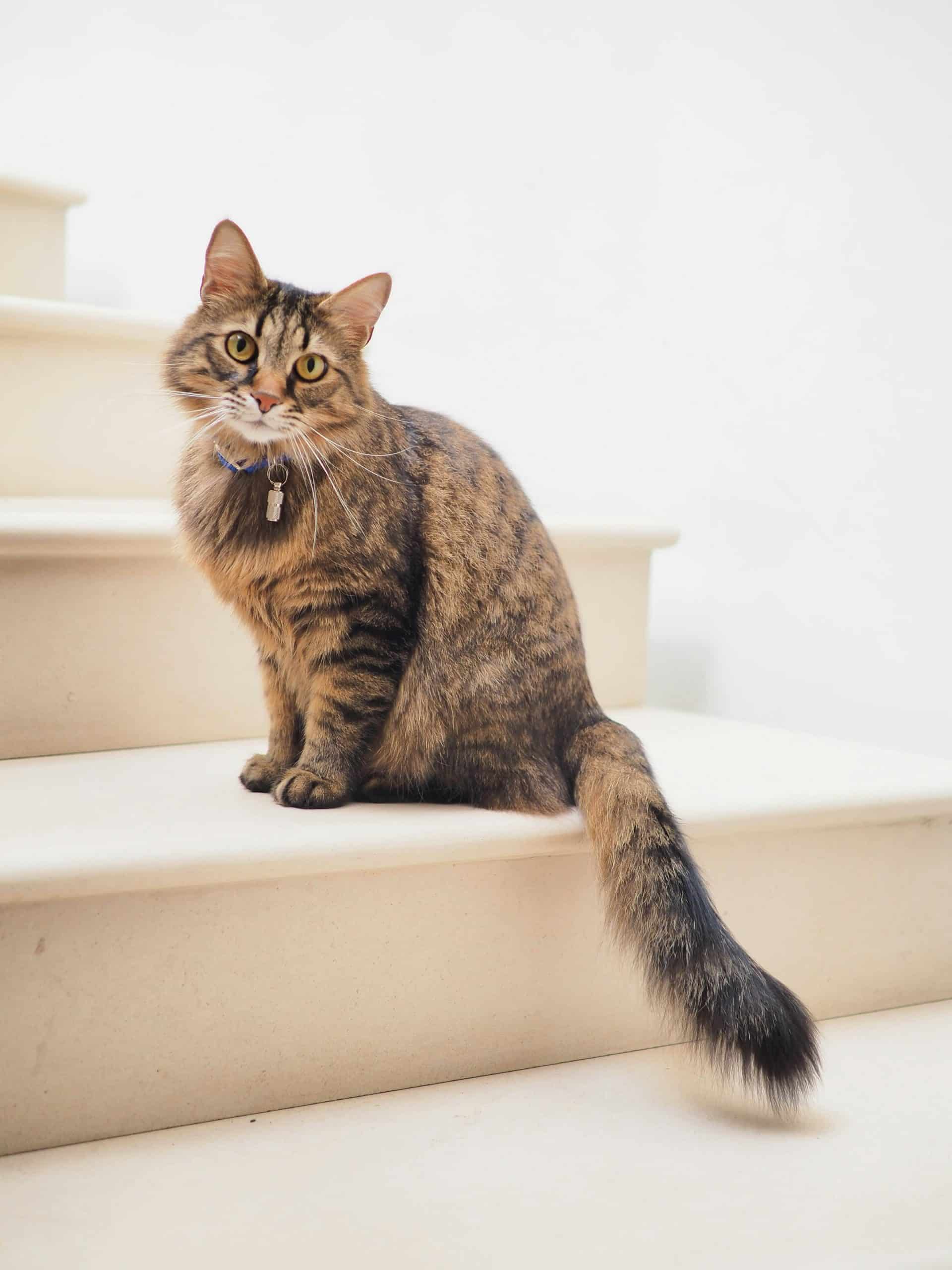How to Implement a Fitness Routine for an Overweight Cat?

As loving pet parents, you naturally want to ensure the best for your beloved feline friends. A vital part of cat care includes maintaining your pet’s weight. Overweight cats can undergo numerous health issues, such as diabetes, heart disease, and joint issues. However, implementing a fitness routine for your overweight cat can significantly help to rectify this issue. Your cat’s diet, exercise routine, and even certain toys can play critical roles in weight loss and maintaining a healthy lifestyle.
Recognizing if Your Cat is Overweight
Before you embark on a fitness journey with your cat, it’s necessary to determine whether your pet is genuinely overweight. This step is crucial as making unnecessary changes in a healthy cat’s routine can lead to other problems.
A lire en complément : What Are the Best Breeds of Dogs for Apartment Living with Limited Space?
It’s quite challenging to notice if a cat is overweight visually, especially for long-haired breeds. Therefore, a hands-on approach is recommended. Feel your pet’s ribs and spine. If these bones are hard to detect due to a layer of fat, your cat might be overweight.
Nevertheless, the most accurate method of determining your cat’s weight is by consulting a vet. A vet can not only exactly measure your cat’s weight but also provide guidance on how much weight it needs to lose.
A lire en complément : What Are the Best Cooling Mats or Beds for Dogs Prone to Overheating?
Importance of a Balanced Diet
A balanced diet is a key to your cat’s healthy weight. Just like humans, cats can put on weight if they consume more calories than they burn. Hence, it becomes crucial to monitor your cat’s diet and ensure it is not consuming excess calories.
The first step to achieving this is by understanding your cat’s dietary needs. An adult cat generally needs about 20 calories per pound of body weight to maintain its weight. However, this can vary based on the cat’s age, breed, and health status.
Try switching to a low-calorie diet if your cat is overweight. Many pet food companies offer ‘weight management’ or ‘light’ versions of their standard products, which are designed to be lower in calories.
Again, it’s always a good idea to consult with your vet before making any significant changes to your cat’s diet. They can guide you on the right type of food and the correct portion sizes for your cat.
Incorporating Exercise Into Your Cat’s Routine
Exercise is another great way to keep your cat’s weight in check. Cats are natural hunters and love to play, so it’s essential to incorporate some form of play into their daily routine.
You can engage your cat in various exercises like chasing a toy mouse, exploring a new cat tree, or even following a laser pointer. These activities not just burn calories but also provide mental stimulation to your pet.
Try to dedicate at least 15 minutes a day to play with your cat. Breaking this time into smaller segments, such as two 7-minute sessions, can be more manageable and less tiring for your overweight cat.
Just like with diet changes, it’s important to consult with your vet before starting a new exercise routine. They can provide guidance on what exercises are safe and suitable for your cat, considering its weight and health status.
Using Toys to Encourage Exercise
Toys can be an excellent tool to encourage your cat to exercise. They stimulate your pet’s instincts to chase and pounce, providing both physical exercise and mental stimulation.
Experiment with a variety of toys to see what your cat likes best. Some cats might love chasing a ball, while others might prefer a wand toy or a laser pointer. Remember, the toy should be safe for your cat to use and tough enough to withstand some rough play.
Interactive toys that require your cat to solve a puzzle to get a treat can also be a good option. These toys not only keep your cat physically active but also challenge their brains, providing all-round fitness.
Monitoring Progress and Adjusting as Necessary
Once you’ve implemented these changes, it’s essential to monitor your cat’s progress regularly. Keep track of its weight and adjust the diet or exercise routine as necessary based on the results.
Remember that losing weight is a slow process, and it’s important to be patient. Rapid weight loss can be harmful to your cat’s health. The goal should be gradual, steady weight loss.
Again, your vet plays a crucial role here. Regular vet check-ups will help ensure that your cat is losing weight at a safe rate and that the changes in diet and exercise are not causing any adverse effects.
In the end, remember that achieving a healthy weight for your cat is not a one-time process but a lifestyle change. It’s about making long-term changes to your cat’s diet and exercise routine, and most importantly, committing to the wellbeing of your beloved pet.
The Role of Cat Toys in Weight Loss
Cat toys are not just fun accessories for your pet; they can play a significant role in combating cat obesity. By stimulating your pet’s hunting instincts, toys encourage physical activity that is critical for an overweight cat.
Interactive toys such as laser pointers, puzzle feeders, and toy mice are popular choices. A laser pointer is a versatile tool that can get your cat moving and jumping around, providing a high-energy workout. Puzzle feeders, on the other hand, make your cat work for its food, thus combining mental stimulation with physical exercise.
A cat tree can be another great investment for your overweight cat. It encourages climbing, jumping, and scratching, all of which help burn calories. Cats also enjoy batting at hanging toys from the tree, further promoting physical activity.
Different cats have different preferences when it comes to toys. It’s essential to find what your cat enjoys playing with most. The more your cat likes the toy, the more likely it will be to engage with it regularly, contributing to its weight loss journey.
However, always ensure that the toys you choose are safe and suitable for your pet. Watch out for any small parts that could be a choking hazard or any sharp edges that could harm your pet. And remember, no toy can replace the value of interactive playtime between you and your pet.
Conclusion: Commitment to Your Cat’s Health
Implementing a fitness routine for an overweight cat is about more than just weight loss. It’s about committing to the long-term health and happiness of your beloved pet. By carefully monitoring your cat’s diet, encouraging regular exercise, and using toys to inspire activity, you can help your cat lead a healthier, more active life.
Remember, weight loss for cats, like humans, is a gradual process. It’s not about quick fixes but regular, sustained efforts. This includes regular vet checkups to ensure the safe and effective progression of your cat’s weight loss journey.
Finally, keep in mind that every cat is unique. What works for one cat might not work for another. Therefore, it’s essential to tailor your cat’s fitness routine to its specific needs, preferences, and health status. Whether it’s choosing the right cat food, deciding on the best exercise, or picking out the most engaging toys, what matters most is that you’re doing what’s best for your pet.
If there’s one word to remember from this, it’s commitment. Commitment to your cat’s health, commitment to regular vet visits, commitment to providing a balanced diet, and commitment to encouraging regular exercise. With love, patience, and dedication, you can help your furry friend shed those extra pounds and enjoy a healthier, happier life.
